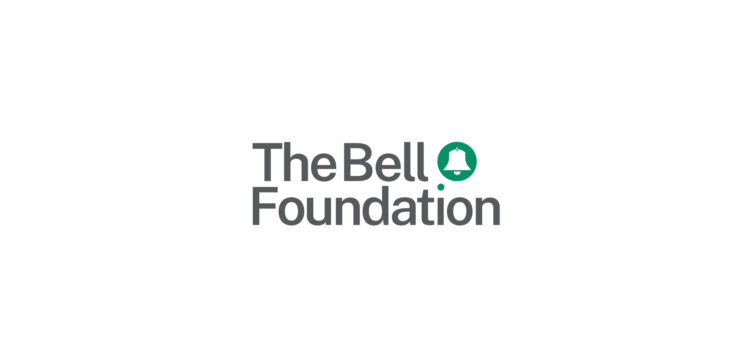Using Comprehensible English – for Secondary School (Online Regional Training)
- Date
- TBC
- Price
- £45
- Type
- Online course, Regional training
- Location
- Online
Explore our seven calls to action for the new Government to integrate children who use EAL.

Jigsaw activities are a specific type of information gap activity that work best when used with the whole class. The class is first divided into groups of four to six learners who are then given some information on a particular aspect of the topic which they then become the experts in.
The class is then re-organised into different groups (‘jigsaw’ groups) of four to six learners so that each learner in the new group is from a different ‘expert’ group and they share their information with the new group so they can complete a task together.
Jigsaw activities can be used in all curriculum areas. Suitable topics would include, for example, different aspects of life in Tudor times in history, creation stories in different religious traditions in RE, or the properties of different types of rocks in science. EAL learners who are New to English can be paired with a learner who can provide a good model of English, both sharing the same number. They will then move to the next group and present their information together, with the beginner learner saying only as much as he or she is able to and comfortable with.
1. Biographical jigsaw activity:
One suitable topic for a jigsaw activity is to give information on different aspects of a person’s life to the expert groups, which can then be pooled in the jigsaw group so that the second task can be biographical in nature, e.g. producing a PowerPoint presentation giving information about the person or a short TV style documentary. This could be a real person or a fictional character. An example of this is given in The Life and Works of Charles Dickens, where (after doing a Dictogloss about Dickens’ life) the different expert groups find out about the names of Dickens’ novels, some of his most famous quotes and important characters from the books. They can then be re-organised into jigsaw groups to produce mini posters about Dickens’ life and work.
2. Historical jigsaw activity:
Another example of a jigsaw activity is in The Black Death in Europe where learners working in pairs read a text together with information about the causes of the spread of the Black Death. There are two versions of the text containing different information. The pairs are then re-organised into ‘jigsaw’ groups to pool their information and complete a task where they have to give four reasons for the spread of the disease.
Organising a jigsaw activity is a five-step process:
Top tip: Jigsaw activities can be differentiated by giving some of the expert groups easier tasks do or shorter texts to read.
Jigsaw activities, like other information gap activities, are an excellent way of combining content and language teaching effectively and providing an opportunity for purposeful communication. They support the development of strategies for communication: rewording, requesting clarification, questioning, giving and following simple clear instructions (explaining), clarifying and describing.
The underlying theory of jigsaw activities is based on the work socio-cultural linguists such as Alexander, Mercer and Wells, who stress the importance of interaction between learners in promoting language development. There is also research into the benefits of group work to learning more generally (Cordon 2000), and Gardner (2012) argues that collaborative learning is a key feature of inclusive classrooms. Kotler et al (2001) and Wong Fillmore and Snow (2005) also stress the importance of active participation and social interaction to language development.
Cordon, R., 2000, Literacy and learning through talk: strategies for the primary classroom, Buckingham: Open University Press.
Gardner, P., 2012, Strategies for Teaching and Learning in Inclusive Classrooms (2nd edition), Oxford: Routledge.
Kotler, A., Wegerif, R. and Le Voi, M. 2001, Oracy and the educational achievement of pupils with English as an additional language: the impact of bringing ‘Talking Partners’ into Bradford schools, International Journal of Bilingual Education and Bilingualism 4 (6), 403-419.
Wong Fillmore, L. and Snow, C., 2005, What teachers need to know about language, Washington DC: Centre for Applied Linguistics.